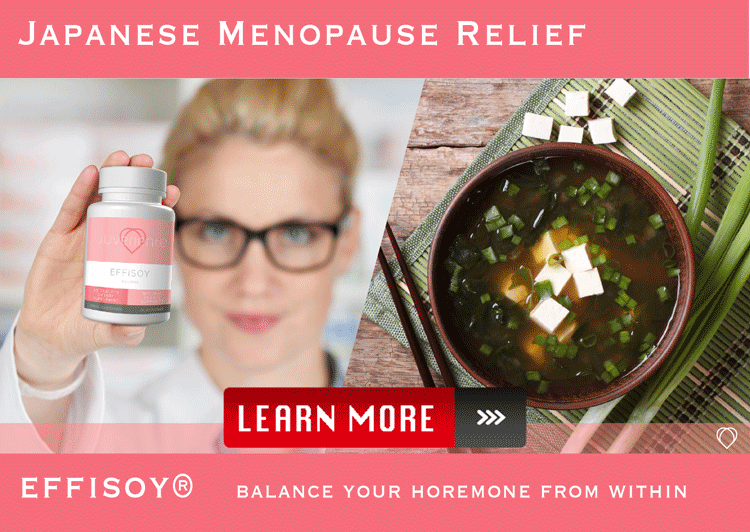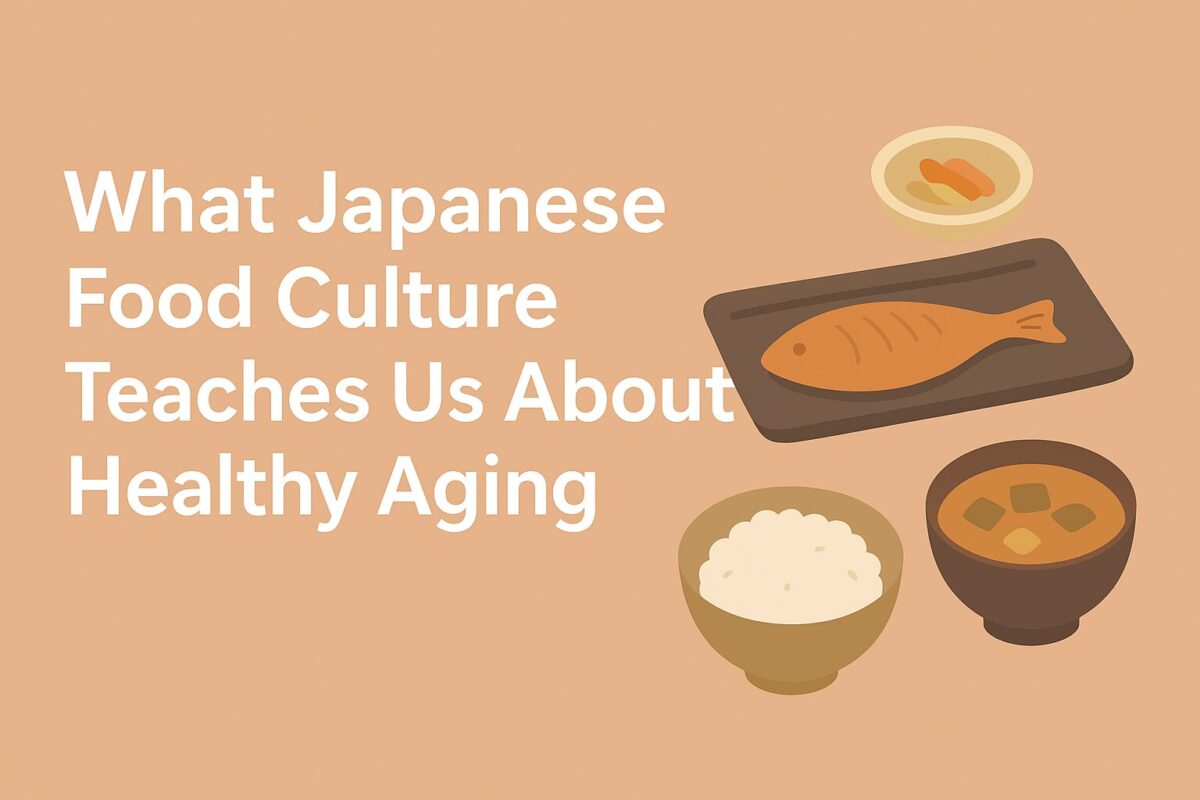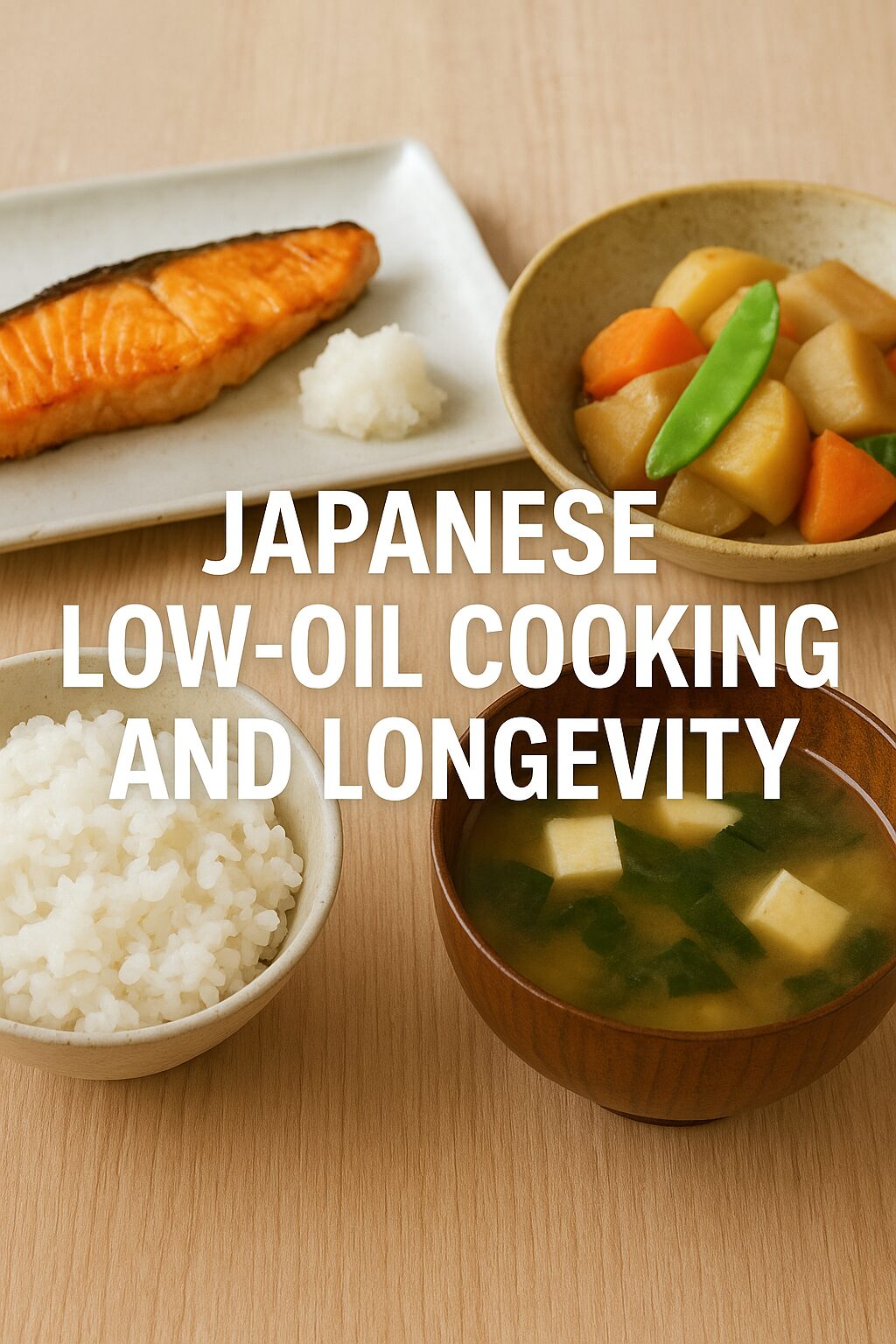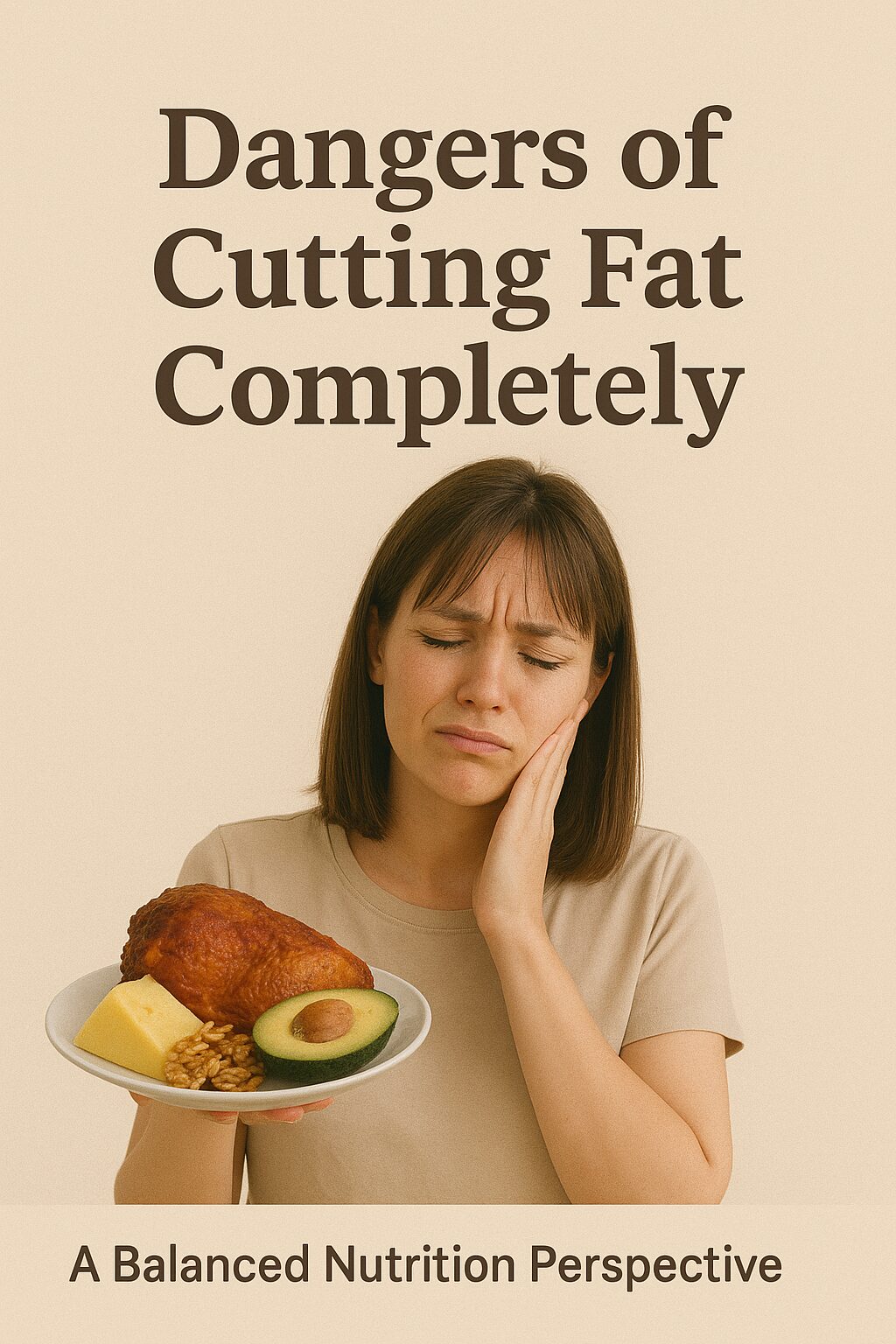The holiday season is a time for warmth, connection, and reflection—but it can also bring stress and fatigue. As the days get shorter and colder, it’s natural to crave comfort and calm. One of the simplest and most soothing ways to unwind is through a warm cup of Japanese tea or herbal drink.
This article explores Japanese teas for relaxation, focusing on traditional ingredients that calm the mind, support digestion, and warm the body from within.
The Calming Tradition of Japanese Tea
Tea has been part of Japanese life for centuries—not just as a beverage, but as a ritual that fosters mindfulness and balance. While matcha and sencha are well-known, Japan also offers a variety of herbal teas and hot drinks that promote relaxation without caffeine.
Japanese people often enjoy these teas in the evening or during the cold months, finding peace in their gentle warmth and subtle aromas.
Yuzu Tea: Bright Citrus Comfort for Winter
Yuzu tea (yuzu-cha) is a soothing blend made from the peel of the aromatic Japanese citrus fruit yuzu, often mixed with honey or hot water.
Its refreshing yet gentle flavor provides a burst of vitamin C and helps relieve tension while supporting your immune system—perfect for chilly winter days.
Yuzu’s natural scent also has a mild uplifting effect on mood, helping ease feelings of stress and fatigue during the busy holiday season.
Try it: Add a spoonful of yuzu marmalade to hot water for a quick homemade yuzu tea.
Shogayu: Ginger Tea for Inner Warmth
Shogayu, or Japanese ginger tea, is another classic winter remedy. Made by simmering fresh ginger slices in water and sweetening with honey, it stimulates circulation, warms the body, and helps ease sore throats or mild colds.
The spicy aroma of ginger promotes blood flow and relaxation, especially for those who tend to feel cold easily—a common concern for women over 50.
Learn more about how to improve your circulation naturally
Hojicha: Gentle Roasted Green Tea for Evening Calm
If you’re looking for a low-caffeine tea that still offers the aroma of green tea, hojicha is your best friend.
Made from roasted green tea leaves, hojicha has a nutty, toasty flavor and contains much less caffeine than regular sencha or matcha. It’s often enjoyed after dinner to aid digestion and prepare the body for restful sleep.
This tea’s warm scent and smooth taste create a cozy, grounding feeling—perfect for unwinding by the fireplace.
Mugicha and Kuromame-cha: Everyday Soothing Drinks
Beyond the better-known teas, Japan has other herbal infusions that calm the body and aid balance:
-
Mugicha (barley tea) – caffeine-free, refreshing, and beneficial for digestion.
-
Kuromame-cha (black soybean tea) – slightly sweet and rich in antioxidants, supporting hormone balance and overall wellness.
These teas can be enjoyed hot in winter or cold in summer, making them year-round staples for gentle self-care.
Supporting Inner Calm Naturally
As we age, stress tolerance often decreases due to hormonal changes. Many women experience fatigue, sleep issues, and mood fluctuations—especially during busy holiday times.
In Japan, these symptoms are often managed through diet and natural supplements that support hormonal balance.
Juveriente® Effisoy®, inspired by the Japanese diet, provides fermented soy isoflavones (aglycone type) that help your body naturally restore its hormone-producing ability. This can support emotional stability and relaxation from within—complementing the soothing effects of herbal teas.
Learn more about how Effisoy supports calm and hormonal balance:
Embrace a Calming Holiday Ritual
Whether it’s a steaming cup of yuzu tea after decorating your home or a quiet evening with hojicha by candlelight, Japanese teas can help you slow down and enjoy the season more mindfully.
External Resources:
Take a deep breath, sip slowly, and let these Japanese teas for relaxation remind you that true calm often begins with the smallest, simplest rituals.
















































